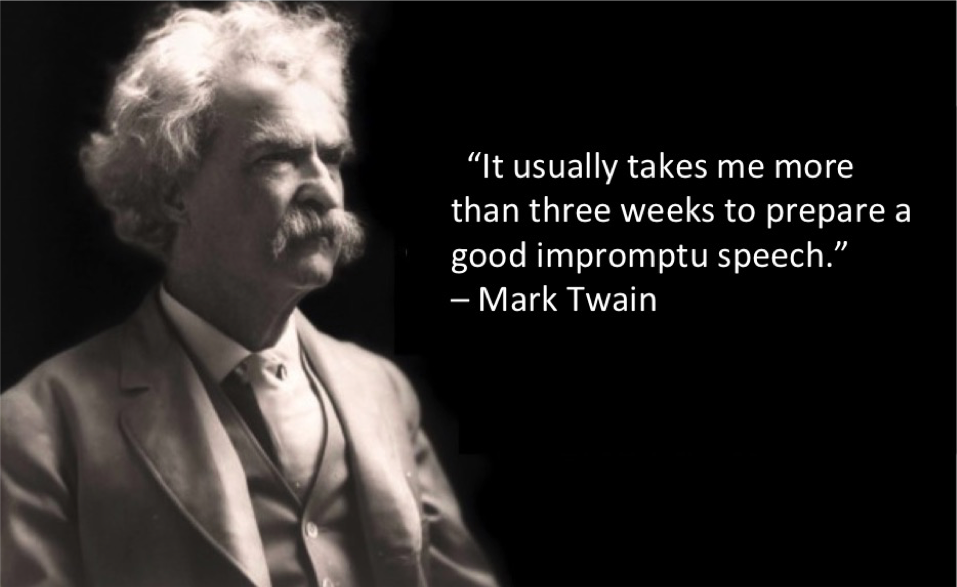Communication is, by definition, a two-way process and listening is a crucial skill to being successful in your business and your personal life. We need to be able to listen well when communicating with clients, customers, and co-workers, and they need to know that they were heard.
Interested vs. Interesting
Between talking and listening, the latter is more difficult and, in my opinion, more important. Many of us don’t listen to understand; we listen to be understood. Presentation coach Pam Chambers, from whom I’ve learned so much, points out that in networking situations we don’t need to be the most interesting person in the room, we need to be the most interested person in the room.
In our Listen Up and Stand Out workshop, we focus on enhancing active listening skills. Being a good listener allows you to be a better public speaker and presenter and it certainly makes you stand out from those who don’t listen.
Simple Listening Formulas
To be a better listener, try this simple cyclical formula:
- Ask for more information. “So, tell me more about that.”
- Clarify or rephrase what you heard. “Wow. That’s really cool! So you [rephrase what you were just told].”
Asking for more information uncovers details that are often crucial to understanding. Clarifying proves you were listening and ensures you got it right.
For problem resolution, we repeat the two steps and add a third. It goes like this:
- Ask for more information. “So, tell me more about that.”
- Clarify or rephrase what you heard. “So, if I’m hearing you correctly, you’re saying [rephrase what you were just told].”
- “So what if we tried [insert solution]. Would that work for you?
Getting to ‘Yes’ Is the Goal
Getting agreement is the goal. But if you don’t, the cycle continues until the other part finally says “yes.” Here’s how to continue the cycle: “So tell me more about why that doesn’t work for you?” … “Oh, I see. That doesn’t work for you because [rephrase what you were just told].” “So how about instead we [insert solution]. Would that work for you?” And so on. Check out this video to see this formula in action: The Angry Patient.
Some people are better listeners than others. Some have to work very hard at it. It doesn’t come naturally for all of us. But the good news is, with a simple formula and a lot of practice, you can become a better listener and thus become a better communicator.
Give the formulas a try and let us know how it goes. We’d love to hear from you!









